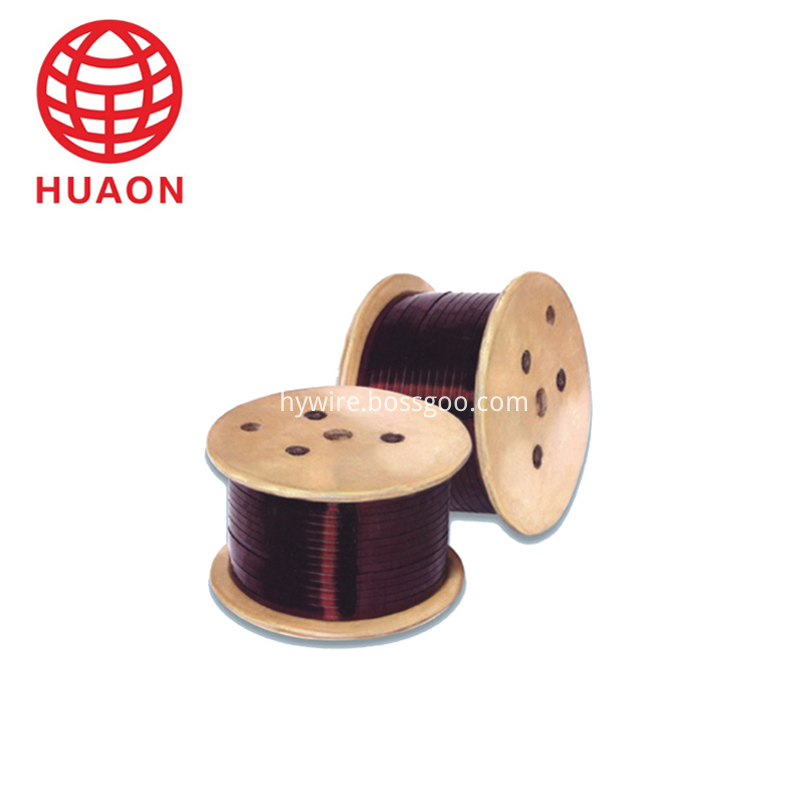Low-voltage range boost converters are commonly used in mobile devices to boost battery voltage (1.2V to 4.2V) to higher voltage levels (such as 1.5 to 20V) to power application circuits. Conduction losses are a major consideration in this voltage range. There are many devices on the market that are specifically designed for these applications, and Continuous Conduction Mode (CCM) is the primary mode of operation for these devices.
High voltage range boost converters are typically used as PFC converters with 90V to 270V AC input and approximately 400V DC output. In these applications, conduction losses are not as important as in low voltage boost converters, requiring more Consider switching losses and noise immunity. Therefore, PFC controllers typically employ some special design elements such as a critical conduction (CRM) mode of operation and a higher current sense voltage. PFC controllers are widely used due to the huge market.
LED TV backlight applications require a 24V DC input, 180V DC 0.4A output boost converter, which is rarely used in consumer electronics compared to the aforementioned low voltage and high voltage range boost converters. product. In this range of voltage and power ratings, conduction losses, switching losses, and noise immunity are all considered, making it difficult to find a suitable, less expensive device.
Topology and device selection considerations
When designing consumer product solutions, you always need to avoid expensive topologies and devices. Moreover, since the DC input node and the output node (LED array) are both located at the secondary side, the LED backlight stage does not need to be isolated. Even if we have other options such as soft-switching resonant half/full-bridge topology, the boost topology is the best core topology for LED TV backlighting power applications.
Consider that the boost controller for mobile devices has a high PWM frequency (typically 500 KHz to 6 MHz) and low noise compatibility (voltage mode or low current sense voltage). A PWM controller for an AC/DC power supply seems to be more suitable because of its high gate drive voltage (over 10V) and high current sense voltage (typically 0.5V-1.2V). However, most AC/DC PWM controllers operate from 50 kHz to 100 kHz. This frequency range is suitable for power supplies with 90-270 VAC input because it balances switching losses and inductor component sizes. However, for a 24 VDC input supply, this frequency is somewhat low because a low operating frequency requires the use of a large inductor.
The CRM PFC controller is the best choice because it not only has the advantages of an AC/DC PWM controller (high gate drive voltage and high current sense voltage), but also sets the operating frequency to the optimum value by selecting the inductor ( 200 kHz). Even though the feedback loop of the CRM PFC controller operates in voltage mode, its sawtooth generator and comparator are built into the chip and have a large enough amplitude. Therefore, there is no problem in terms of noise compatibility.
Improve efficiency
A boost converter is implemented using a standard CRM PFC controller. Switching losses are not a problem because of the relatively low input/output voltage and critical conduction mode operation. The problem is conduction losses. Figure 1 shows the main sources of conduction loss in a boost converter.
| About Eiw Enameled Aluminium Wire |
Class 180 thin insulation thickness of polyester -imide aluminum round wire
Packaging Details cartons for outer packing, reels with enameled wire inside, paper outside the reels. we also can pack the goods according to the requirements of the clients .
250*500/250*600/250*400 wooden spools.

Super Enamelled Copper Wire,Eiw Enameled Aluminium Wire,Eiw Polyesterimide Enameled Winding Wire,Round Enameled Aluminum Wire
HENAN HUAYANG COPPER GROUP CO.,LTD , https://www.huaonwire.com